3 Tips for Teaching Young Children with a Visual Impairment How to Become Strong Readers
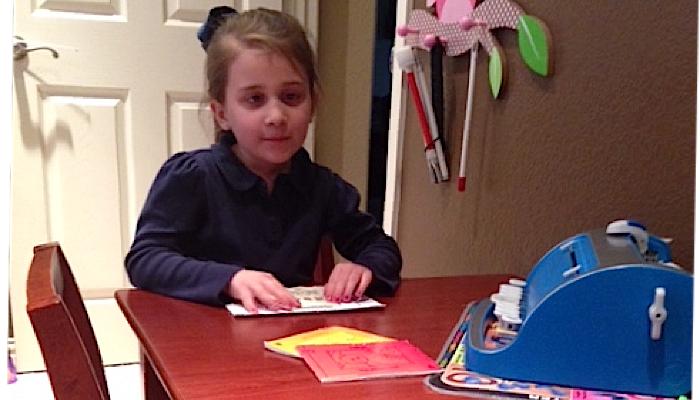
Well-known children’s book author, Dr. Seuss, once said, “The more you read the more things you will know. The more you learn the more places you go!” Seuss’ unforgettable quote makes me think of braille readers. As an outspoken advocate for braille, I feel that children who are strong braille readers become independent adults who will go many places. While I love scanners, audio books and other assistive technology for the blind, I don’t feel that this technology should ever take the place of braille.
Learning how to read can be an exciting adventure for a child when he is set up for success before reading begins! Here are some tips to help you help your child become a strong braille reader.
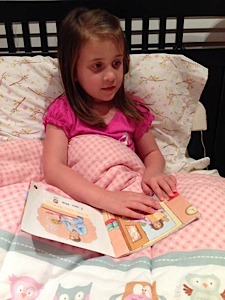 1. Take Time to Relax
1. Take Time to Relax
Since the emotional brain needs to relax and have fun before long-lasting learning can take place, stress before reading must be eliminated. There is actually a physical response and a release of a hormone when someone is under stress. Once stress enters the body, learning becomes minimal.
To assist your child’s brain to relax, find his likes and what makes him happy then create that environment before you engage him in a book. For instance, if your child enjoys movement, do some movement activities before you read your book. If you can use real items from the story in your actitivity that’s even better! Using real objects from the story is an important factor in helping your child understand the book.
2. Use Real Objects
One of the highest regarded professors for blind and visually impaired young children is Dr. Virginia Bishop. Bishop once stated, “If you can’t bring the child to the world, bring the world to the child.”
Dr. Bishop teaches that in order for a child with a visual impairment to fully understand concepts within a book, real objects must be used during the story. For example, if a parent is reading a braille book with a young child who is blind or visually impaired, the child’s fingers will move across the lines of braille while they are listening to a story having already identified the objects from the book. Through repetition of favorite books, the little one will understand that the dots represent words with meaning in relationship to their world.
Another great idea for reinforcing Bishop’s methods is to create a story box. Story boxes are a fun way for a child who has a visual impairment to associate real objects with those from the book within one container. For instance, if you are reading a book about the beach, you would place a flip-flop inside the box, a beach towel, and a few other items from the story. Never make it hard on yourself or you will rarely use the story box idea. Parents have told me for years that they use shoeboxes, nets, boxes, trays and other creative ideas for story boxes, so their child will become a strong reader who truly understands the concepts within the story.
Continue to couple real objects during story time and the words become meaningful!
3. Engage the Senses
Another way to help your young child with vision issues to ingest the story is to use all of the senses, so the meaning is understood. If you are reading “Little Red Riding Hood,” for example, have your child feel a hood, smell rolls inside a basket, taste hot buttery rolls, talk about grandma, etc. before you actually read the book.
Dr. Seuss’ famous quote rings true today because the more you read, the more you know, and for our children who are independent braille readers, the more places they will go!
Want to see what a confident young braille reader looks like? Just watch the video below!
Read this article in Arabic: حيوا-السيدة-العمياء
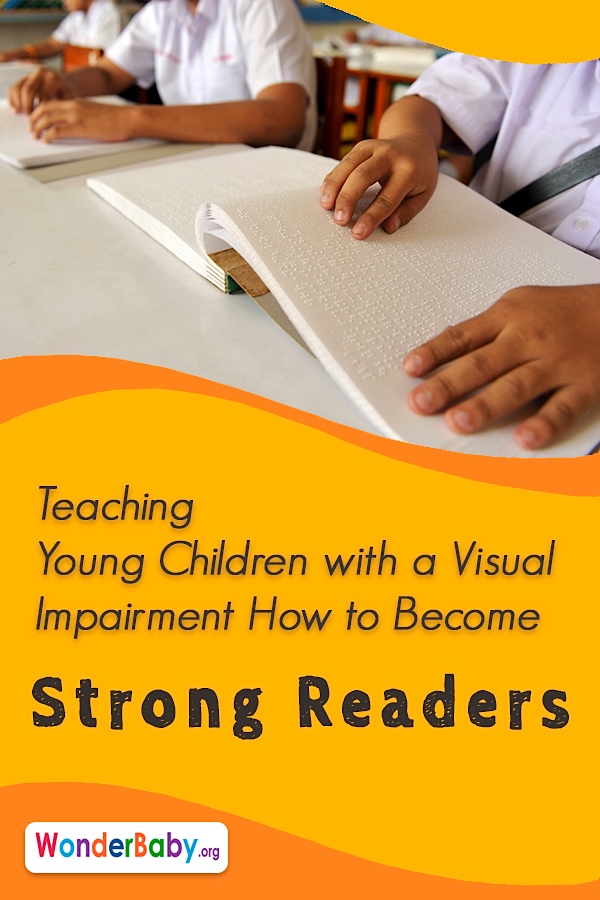
Related Posts

Eye Conditions and Syndromes, Visual Impairment
Neuralink Announces Plans to Restore Sight to the Blind with Brain Chip
Elon Musk’s company Neuralink has announced plans to begin human trials of its new “Blindsight” brain chip by the end of 2025.
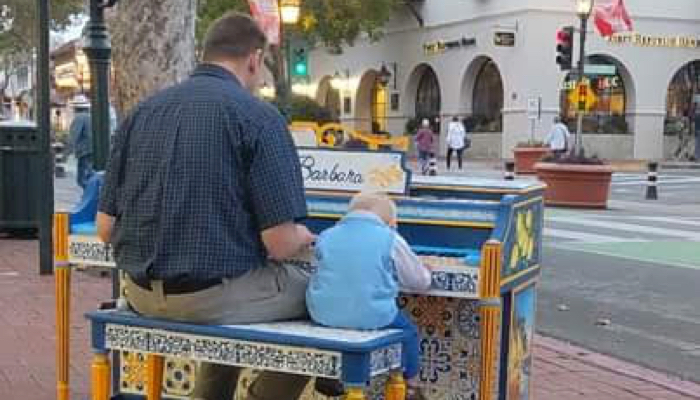
Visual Impairment
The Gift of Understanding: How a Young Child Helps His Blind Father Navigate Life
When a parent is blind, it’s natural for people to wonder how their sighted child will adapt. Will they struggle to understand their parent’s needs? Will they feel burdened by...
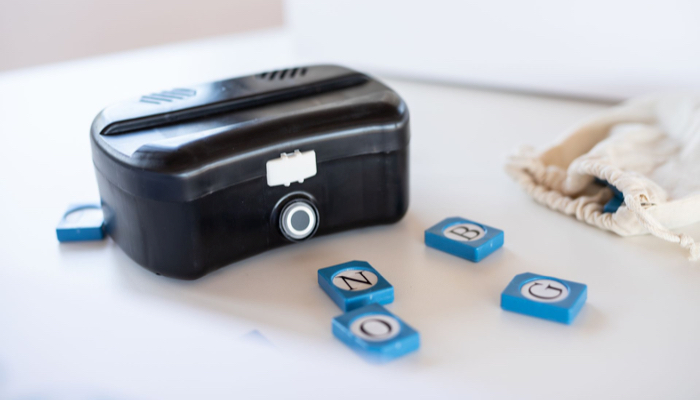
Braille and Literacy
Making Braille Fun: Introducing Handi Exceller’s Innovative Learning Tools for Blind Students
Handi Exceller was born from a simple idea: learning braille should be both fun and accessible. The company creates interactive and gamified ways to teach braille.